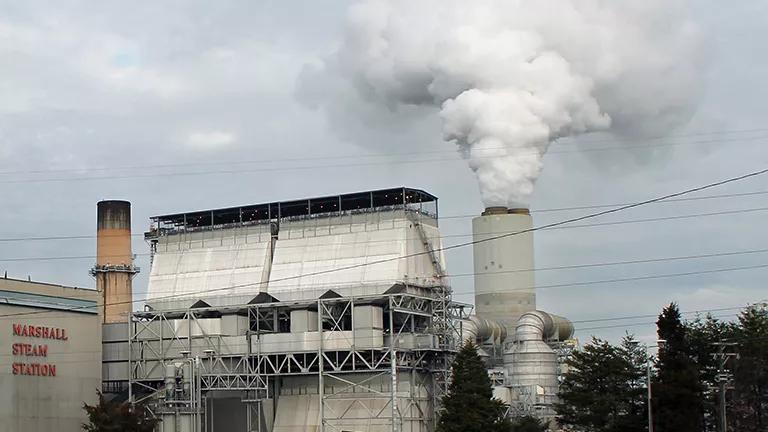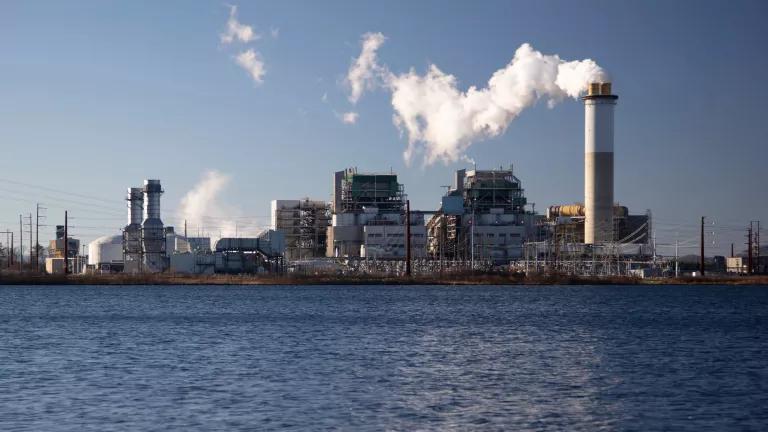June is Solar Energy Month in North Carolina. The State Renewable Energy Standard Deserves Some Time in The Sun, Too.
June is Solar Energy Month here in North Carolina.
Last week, standing in the sunshine in front of a 5-megawatt solar farm in Willow Spring, with a lot of “whereas”s, our Governor, Republican Pat McCrory, proclaimed it so.
It’s easy to see why. Here in North Carolina, where unemployment still tops 8.9 percent, the fifth-highest rate in the nation, the fast-growing solar industry now employs almost 2000. In 2012, our Tar Heel State ranked fifth in the nation in solar installation. That number, and the number of people employed in the industry, is expected to rise this year, when North Carolina will likely rank fourth. In fact, the state is already on its way, with four major solar projects announced in the first quarter of this year that can create an estimated 700 new jobs in the state, according to E2.
And, just as it does around the country and around the world, here in North Carolina, solar energy is helping clean the air our kids breathe and cut the dangerous carbon pollution that fuels global warming.

North Carolina Governor Pat McCrory, left, meets Strata Solar workers at a 5-megawatt solar farm in Willow Spring. The state's renewable energy standard is driving solar job growth. Chapel Hill-based Strata Solar anticipates more than doubling its 400-member workforce this year.
Much of solar's growth in North Carolina—many of these good jobs and much of this pollution-free power—comes thanks to the Tar Heel State’s renewable energy and energy-efficiency standard (REPS). Enacted in 2007 with overwhelming bipartisan support, and still amazingly popular with voters, it requires the state’s investor-owned utilities to get 12.5 percent of the electricity from clean sources, such as solar, wind and energy efficiency, by 2021.
The REPS has well-documented benefits. It’s helped contribute $3.7 billion in clean-energy revenue to the state’s economy. It’s lowered residential energy bills. It has, as the Governor noted in with a “whereas” in his proclamation, significantly increased local and state government revenue, something that’s much needed, given the hard-hit state of our economy.
In North Carolina, the benefits of North Carolina’s REPs and of renewable energy standards in 28 other states are easy to see. At the Ikea in Charlotte, creation of the new 1.01 megawatt solar array on the roof employed 35 people in construction and another 10 in design, development and other front-office positions. DuPont’s Research Triangle Park facility, with 230 on staff, is home to many of the Fortune 100 company’s solar operations. And Chapel Hill-based Strata Solar, developer of the solar farm in Willow Spring where the Governor read his proclamation, employed 400 in 2012. This year, the company anticipates more than doubling its staff, to 800-1200 workers, many of them displaced when the recession decimated the construction industry.
Whereas Governor McCrory has the smarts to recognize the many benefits solar energy brings to North Carolina, he, too, is worthy of commendation.
As is the North Carolina REPS. Like solar energy, here in the Tar Heel State, it, too, deserves a month in the sun.




